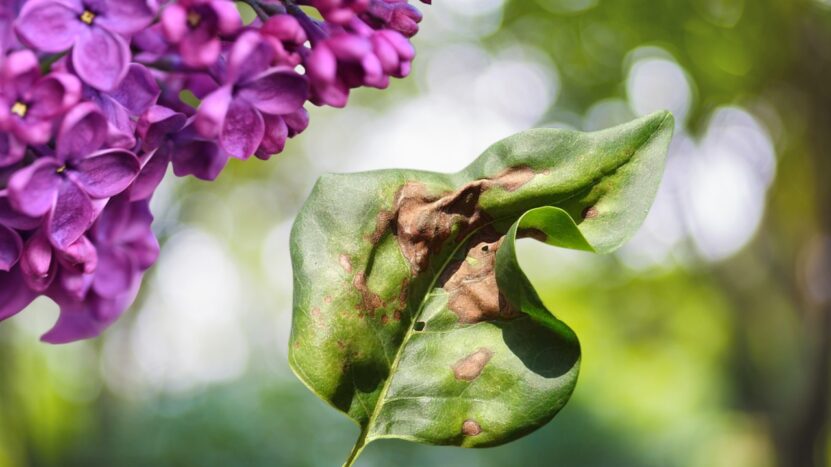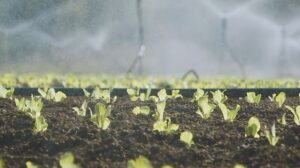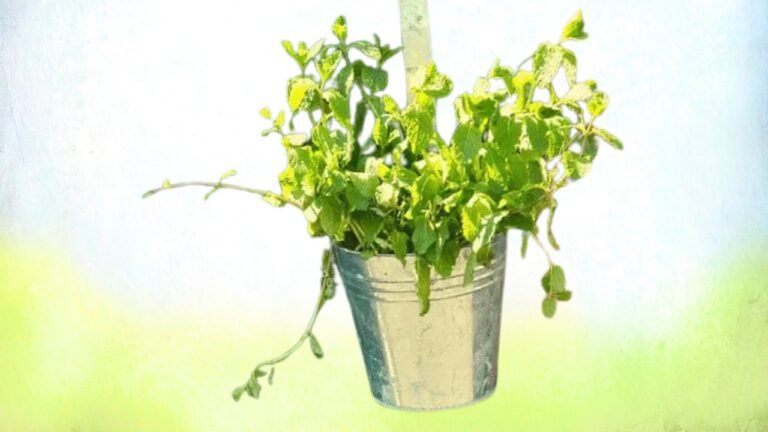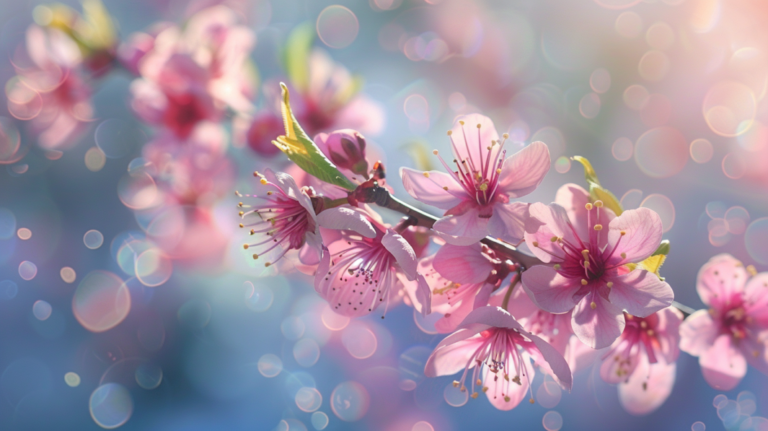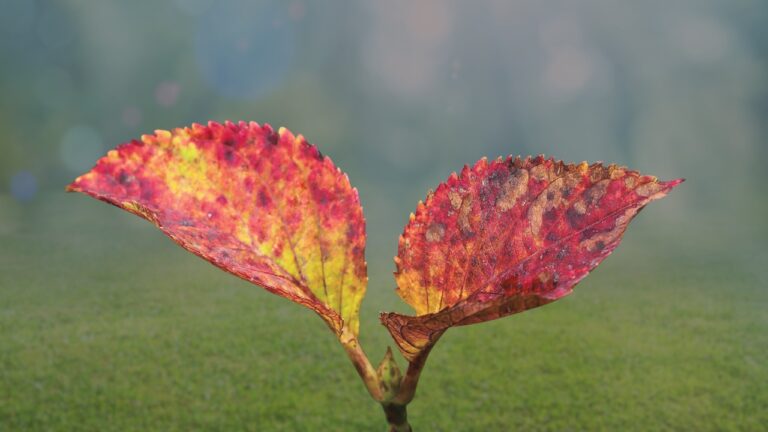Lilacs make lots of homes and gardens pretty with their purple, pink, and white flowers. But sometimes our bushes don’t look as nice as we want. The leaves might be droopy or there aren’t many blooms.
This guide will share those tips and tricks to help us take the best care of our lilac bushes.
What Remedies Can Be Applied to Restore the Lilac’s Health?
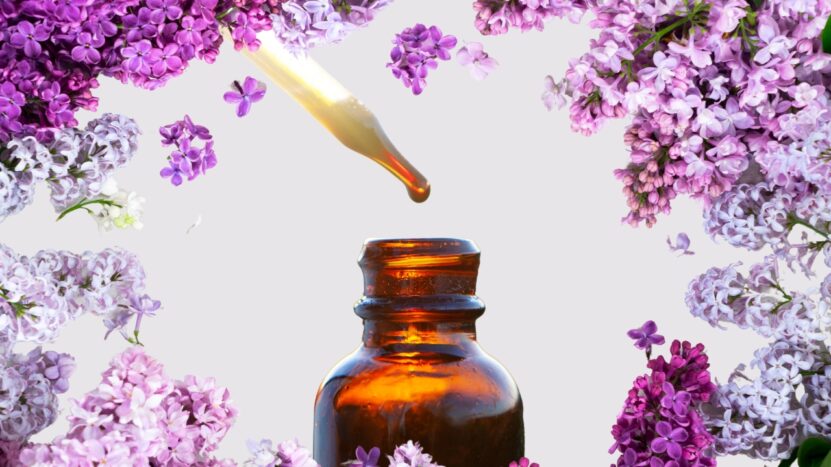
Reviving lilac bushes showing leaf browning requires both preventative steps and direct treatment. Ensuring good drainage around the roots prevents lingering moisture that can lead to fungi or bacteria taking hold. Regular deep watering during dry spells also helps roots thrive.
| Action | Remedy Description |
|---|---|
| Against Pests | Use organic insecticidal soap or neem oil for pests like aphids, borers, or scales. Regular inspections can help identify and tackle pest issues early on. |
| Treat Diseases | For fungal or bacterial issues, use appropriate fungicides or bactericides. Prune affected parts and ensure good air circulation. Sterilize tools between cuts. |
| Proper Watering | Avoid waterlogged or overly dry soil. Opt for deep, less frequent watering to ensure root hydration. |
| Fertilize Judiciously | Use a balanced, slow-release fertilizer. Avoid over-fertilizing. A soil test can help determine nutrient requirements. |
| Enhance Soil Conditions | Adjust soil pH based on soil test results. Add lime to raise pH or sulfur to lower pH if necessary. |
| Protect from Environmental Stresses | Implement protective measures during extreme weather conditions, such as windbreaks, shade cloth, or frost cloth. |
| Relocation | If the location is unsuitable due to shade or pollution, consider relocating the lilac to a more favorable spot that receives ample sunlight. |
How Can I Prevent the Browning?
The best way to keep those leaves purple is to stop problems before they start.
Pruning is one of your best tools for prevention. Cutting away dead wood also lets breezes move all through the plant. This dries things out so fungus and mold can’t take hold as easily. Proper airflow is important to prevent browning.
As for when to prune, the best time is right after those flowers fade. This way you don’t cut off next season’s blooms before they have a chance to form.
How to Treat Lilacs Affected by Pests?
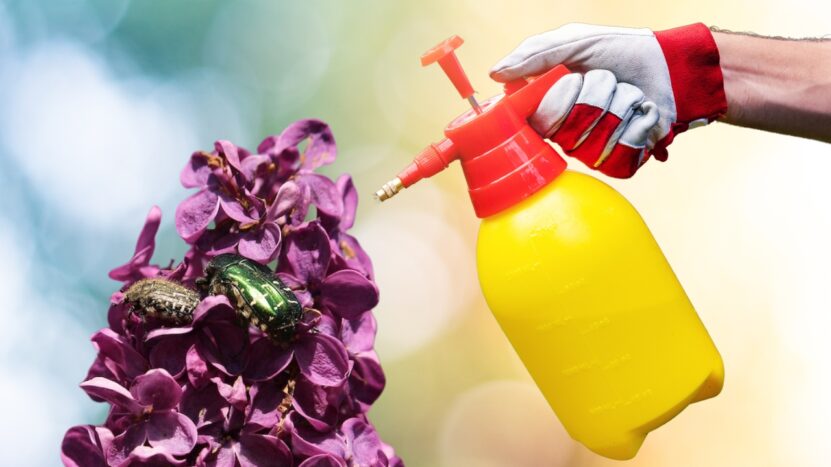
If you notice little bugs munching on your lilac leaves, it’s time to take action right away. Those pests can strip the leaves bare and turn ’em brown fast. Neem oil from the store is a natural way to get rid of pests like aphids – just a few sprays will do the trick.
How Can Regular Monitoring Benefit Lilac Health?
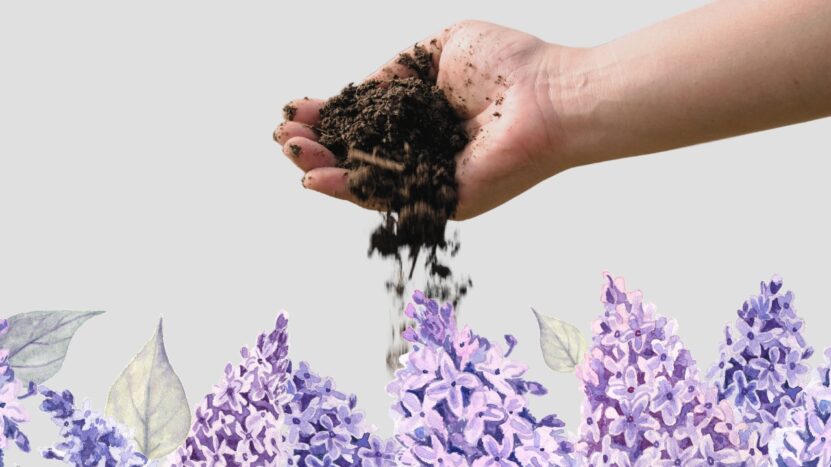
Having your soil checked by experts tells you what’s really going on below the surface. Lilacs prefer a slightly alkaline soil – between 6.0 to 7.5 on the pH scale. If it is too acidic or alkaline, nutrients can’t be absorbed correctly.
By knowing these numbers, you can adjust the pH if needed with lime or sulfur. This sets up the best environment for healthy roots and leaves to thrive in optimal conditions.
What Causes the Leaves to Turn Brown?
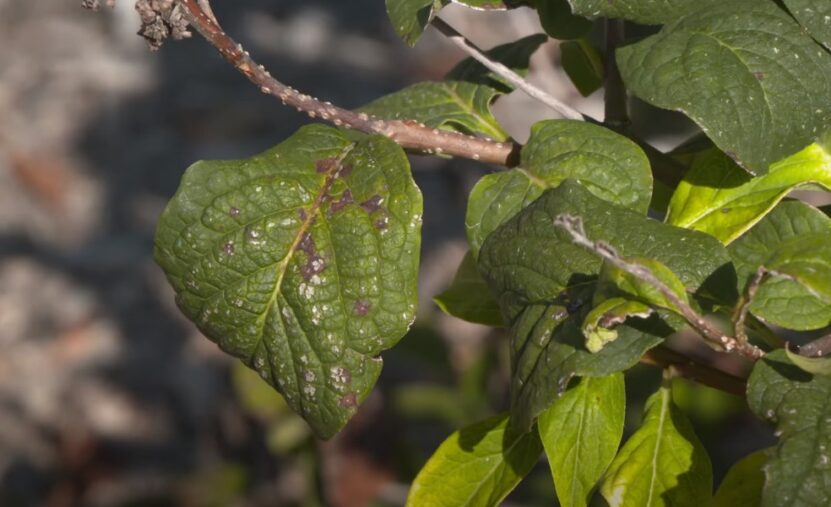
You should find the root of the problem first. Could be too much water, not enough water, pests nibblin’, fungus, or soil issues underground.
Seasons also play a part – it’s normal for leaves to change up come fall and winter. But if they’re turnin’ brown outside those times, something else may be up.
It pays to know natural sheddin’ versus signs of stress. Lilacs usually let leaves go when days get shorter. But an early or late brownout is a sign to search for other causes.
And while you’re at it, keep an eye on other plants too. Take hydrangeas, for example, their leaves reddenin’ can say something about how good you care about the plant.
Final Words
Dealing with pests can seem confusing at first. But remember, just like taking care of any plant, learning what your lilacs need and then acting fast can help.
Hello, my name is Christopher Thomson. As an experienced horticulturalist, I aim to share my knowledge of botanical science and best growing practices with gardeners of all backgrounds.
Through hands-on work in my own gardens as well as continued research, I strive to enhance my understanding of horticulture.
It is my goal to effectively communicate what I have learned to help others strengthen their relationships with the natural world.


